Having a pet dog is a wonderful and rewarding experience. They bring us joy, companionship, and unconditional love. However, as much as we want our furry friends always to be happy and energetic, sometimes we may notice certain changes in their behavior that cause concern.
One of the most common signs pet owners may observe is their dog walking slowly with their head down. This behavior can cause worry as it is not their usual lively and enthusiastic self. As a responsible pet owner, it is important to pay attention to any changes in our dog’s behavior and address them promptly. We will delve into the possible reasons behind why my dog is walking slow with head down, the potential health implications, and how you can help them get back to their usual happy self.
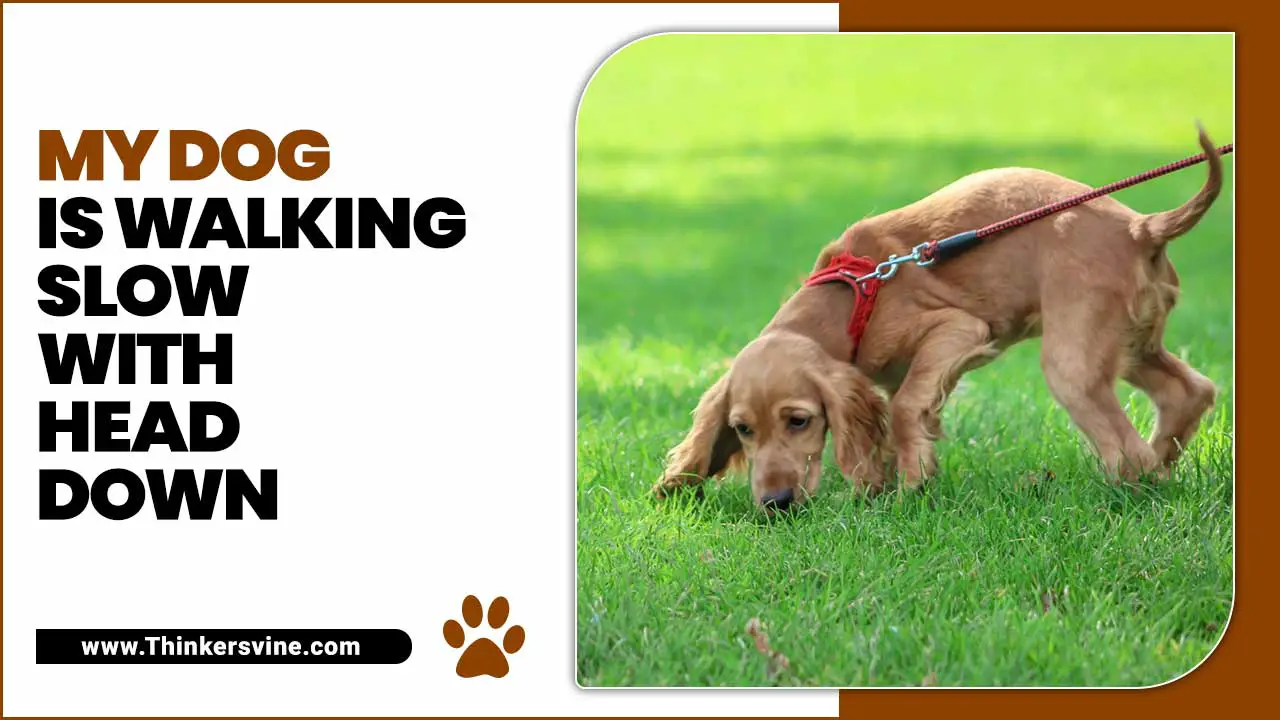
Signs And Symptoms
If you notice any of these symptoms besides your dog’s slow walking and drooping head, it is essential to take them to the vet as soon as possible. These symptoms could indicate severe health issues such as arthritis, infection, or organ failure.
By seeking prompt medical attention, you can help ensure your furry friend gets the care they need to recover and live a healthy, happy life. If your dog strolls with their head down, it may be a sign that something is wrong. Here are some other signs of injury and symptoms to look out for:
- Rejecting to take the weight
- Not able to walk normally
- Climbing stairs seems difficult
- Signs of discomfort can be noticed
- The affected area may show a loss of muscle
- Walking very slowly
- Keeping head down
- The placement of the paw cannot be done properly
- Abnormality and swelling in jaws can be seen
Possible Reasons Why My Dog Is Walking Slow With Head Down?

If your dog is strolling with their head down, it could indicate several issues. The possible cause is pain or discomfort due to an injury, underlying health issue, or a medical condition such as arthritis.
- Infection in internal parts
- Arthritis
- Congenital abnormalities
- Elbow or Hip dysplasia
- Vestibular syndrome
- Insect sting
- Ear infection
- Weight load on the neck
There may be several underlying issues and unwanted reasons that may cause this problem. Some possible reasons why your dog might suffer from this problem are:
1.Vestibular Syndrome
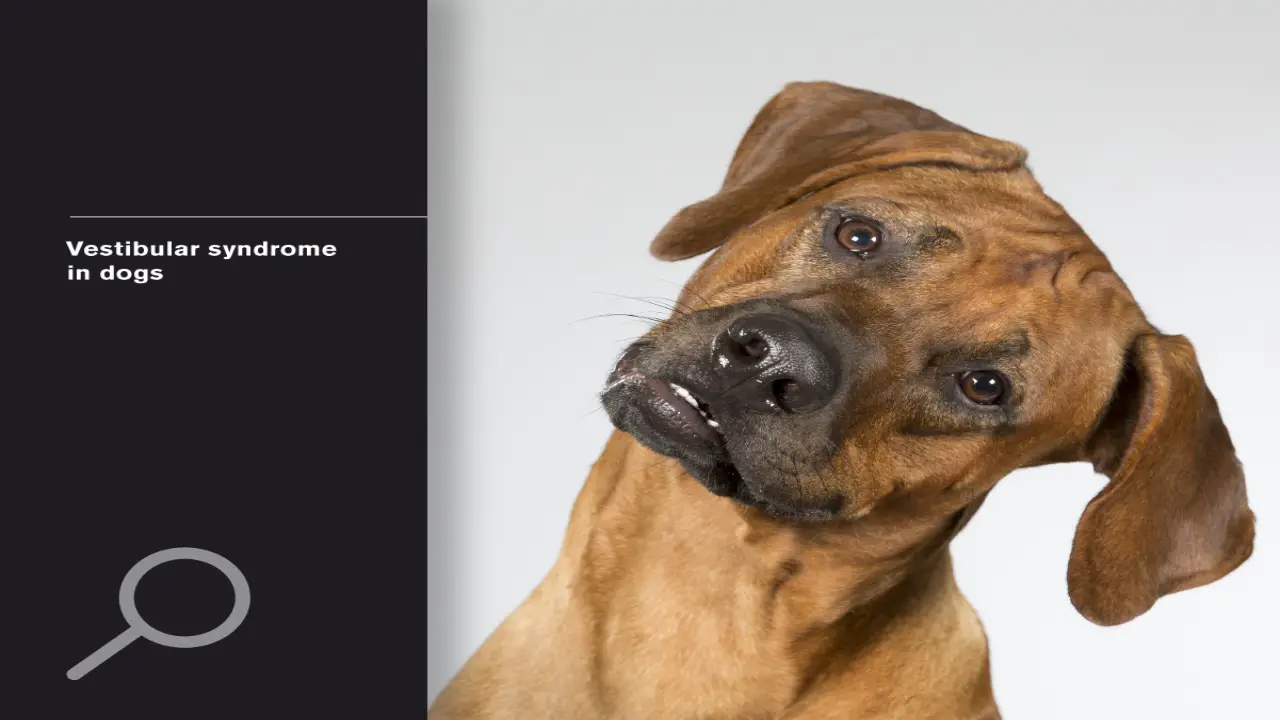
This syndrome is caused due to the dysfunction of the inner part of the ear. These symptoms usually don’t show up at any particular time. This can happen anytime, so people mix this symptom with stroke. Along with falling off the head, there may be other problems that your dog might face.
With a tilted head, your dog may face more problems, such as working in circles, nausea, and frequent vomiting. Tilting the head is the primary thing; secondary issues such as dehydration may occur, too.
2.Infection In-Ear
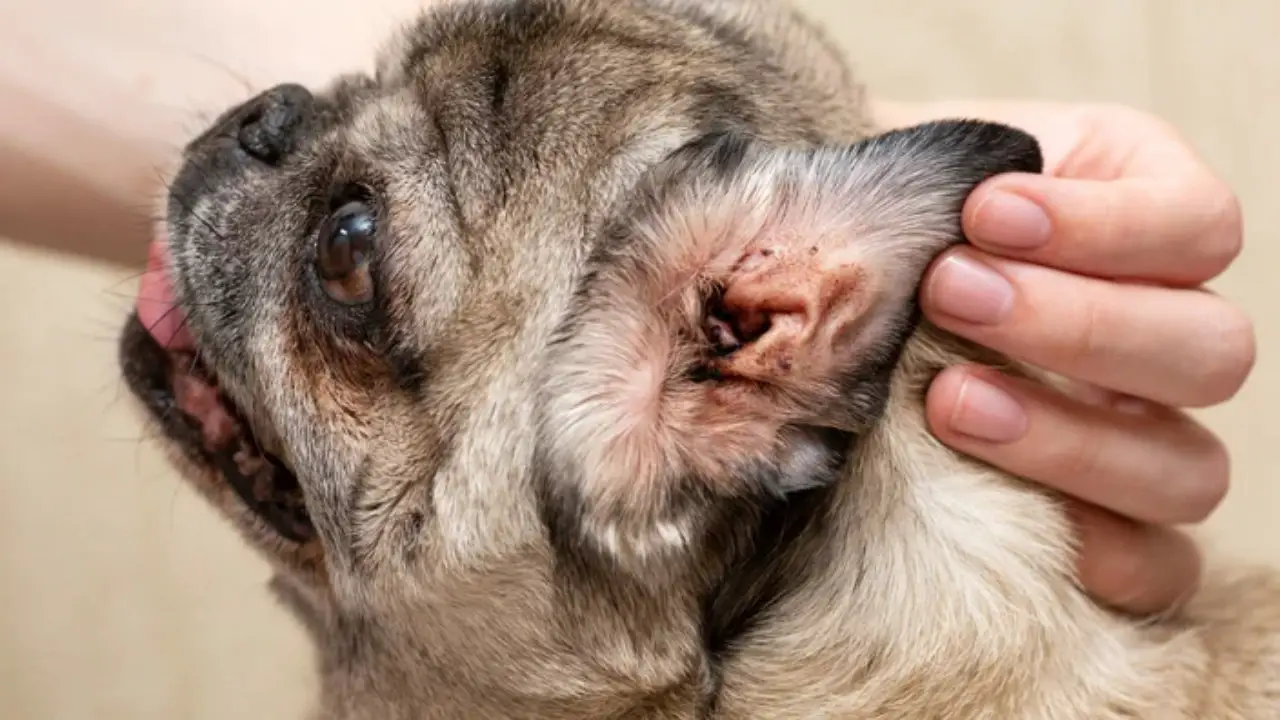
An ear infection is the most common reason dogs can stroll and lose balance. Other symptoms may be scratching, flickering in the eye, and shaking the head. The dogs may have redness, discharge, and odor. Other than that, swelling may also happen as it is associated with the affected ear.
One of the primary and potential reasons dogs have trouble walking is disc disease. This disease can cause a dog to walk wobbly and also cause paralysis or paresis. It is noticed in recurring episodes of IVDD. There are some intervertebral discs present in dogs that deteriorate due to IVDD.
Moreover, the spinal cord of dogs gets damaged due to this disc disease, and they cannot walk properly. Treatments are there for getting dogs rehabilitated to get rid of IVDD. There is a particular process, such as physical therapy. It can help the dog to get its feet functional again.
4.Degenerative Myelopathy
This is not a typical case for dogs. This problem happens when a dog loses its internal spinal cord connection with its brain. This causes the dog to have a breakdown in its motor function.
Initially, a dog can experience a significant issue, such as dragging its toes and crossing its legs while walking due to this problem.
There is no significant pain associated with this problem. But here, pain is unnecessary because it can cause a terminal breakdown for your dog and may become permanent if not addressed immediately. Sudden ways exist to eliminate this problem; stopping it initially won’t have any long-term effect.
Proper diet, regular walks, and exercise are the primary keys. Besides, enough nutritional joint supplements are necessary to keep the dog walking at an average pace for a long distance.
5.Fibrocartilaginous Embolism
The FCE problem is similar to a human stroke. Most of the symptoms are similar to the stroke of a human being. However, it is common for most breeds. The main reason causing FCE is when an internal disc breaks down and clots into the blood vessels connected to the spinal cord of a dog. As soon as a blood flow clot happens, it blocks the area.
When the blood does not flow through, the affected area dies slowly. There may be permanent damage if not treated timely. FCE can essentially attack a dog’s hind leg. It is not possible to anticipate this problem immediately.
But when noticed, it becomes an emergency to go to the vet and start the treatment as soon as possible. There is no long-term pain associated; the dog only experiences initial pain. If your dog goes down yelping, it might indicate FCE.
6.Dysplasia And Arthritis
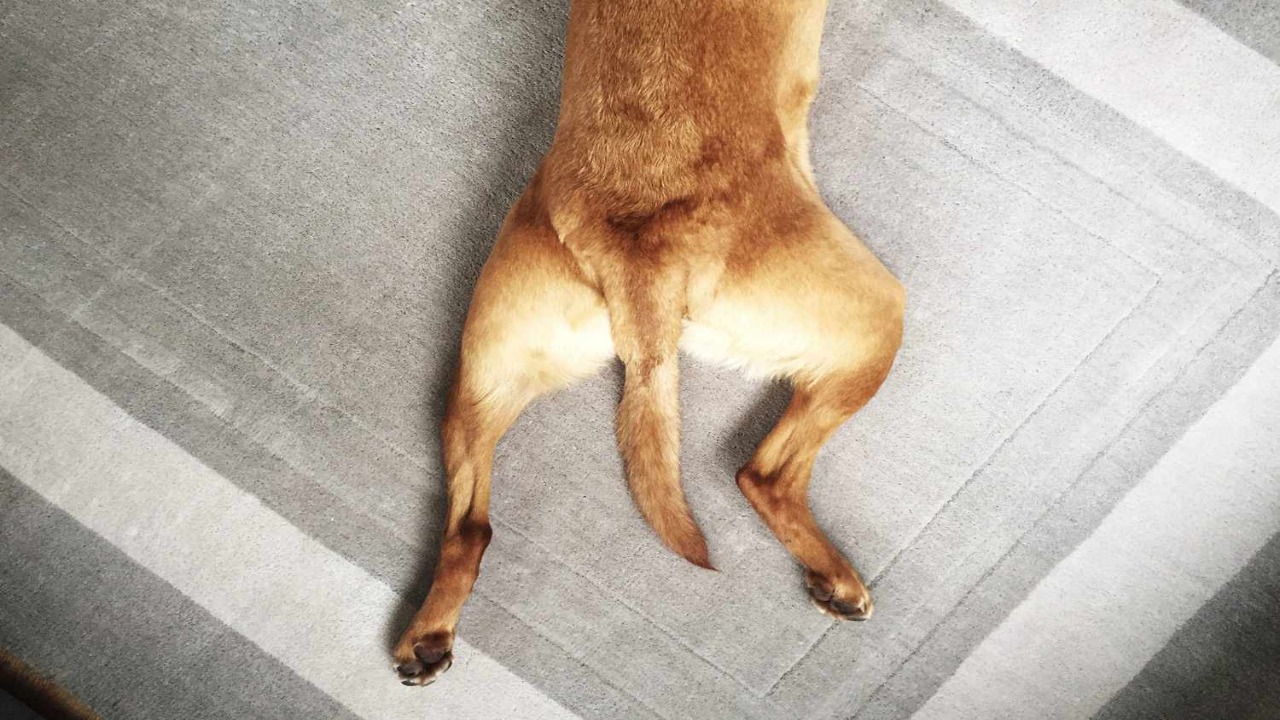
Older and much older dogs are more likely to have this problem. It occurs in the hips and knees of dogs, for which their head may tilt down. They may experience slow or stopped walking and become non-responsive at that time. Dysplasia and arthritis are common pain medication conditions affecting dogs, especially as they age.
These conditions can cause pain, stiffness, and difficulty with movement, impacting a dog’s quality of life. Strolling with their head down can be a sign of discomfort or pain, and pet owners need to recognize this behavior and seek veterinary care if necessary.
7.Traumatic Injury In The Spinal Cord
This incident can happen when your dog is uncertainly hit by a car or into intangible fights. Even the impactful sound from a gunshot can cause injury to the brain and spinal injuries cord. The giant breeds can get traumatized after such sudden sound waves and may suffer from disc rupturing.
It will cause damage to their spinal cord, and soon, they may get down to stroll with their head down. Your pet needs proper physical therapy to recover from this problem.
8.Neck Pain
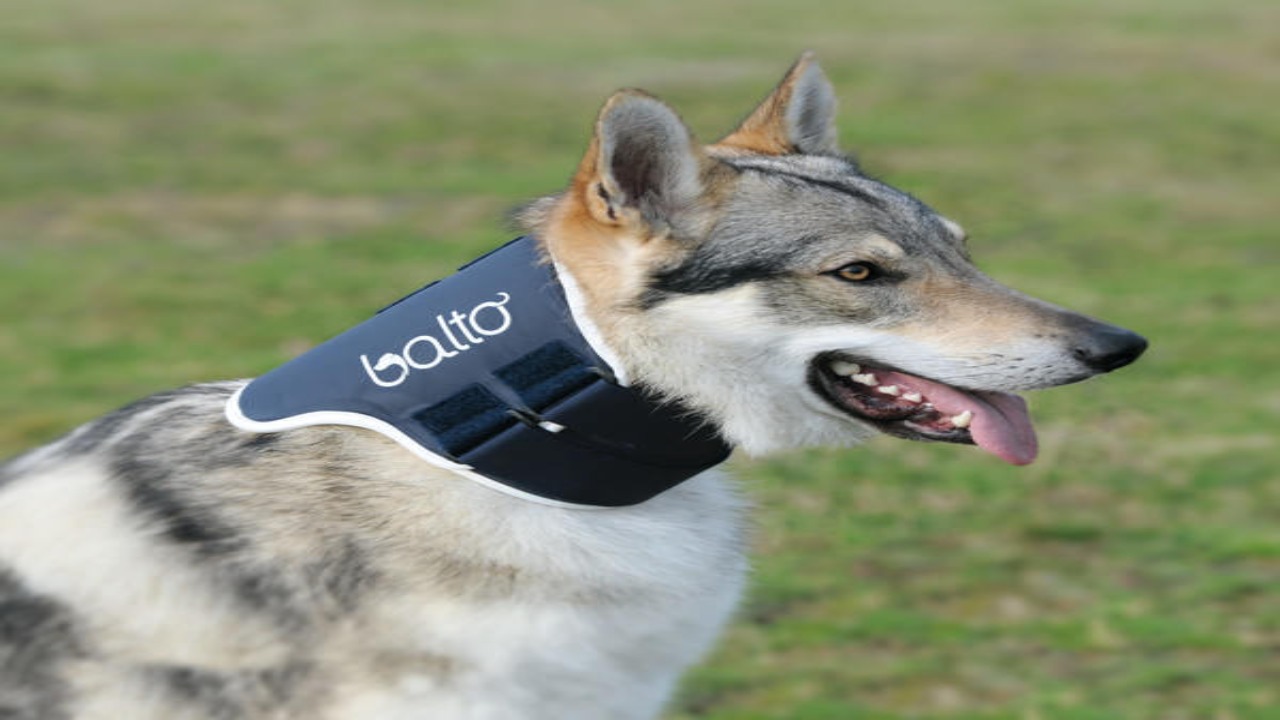
Neck pain can be a possible reason why your dog is walking slow with its head down. It’s important to monitor your dog closely and consult a veterinarian if the behavior persists or worsens. They can diagnose properly and recommend appropriate treatment for your furry friend’s discomfort. Taking immediate action will help ensure their well-being and alleviate any discomfort they may be experiencing.
9.Arthritis
Arthritis could be another possible reason why your dog is walking slow with its head down. It causes inflammation in the joints, leading to discomfort and limited mobility. It’s important to have your dog evaluated by a veterinarian who can diagnose properly and recommend appropriate treatment options. With timely intervention, you can help manage your dog’s arthritis and improve their quality of life.
10.Neurological Disease
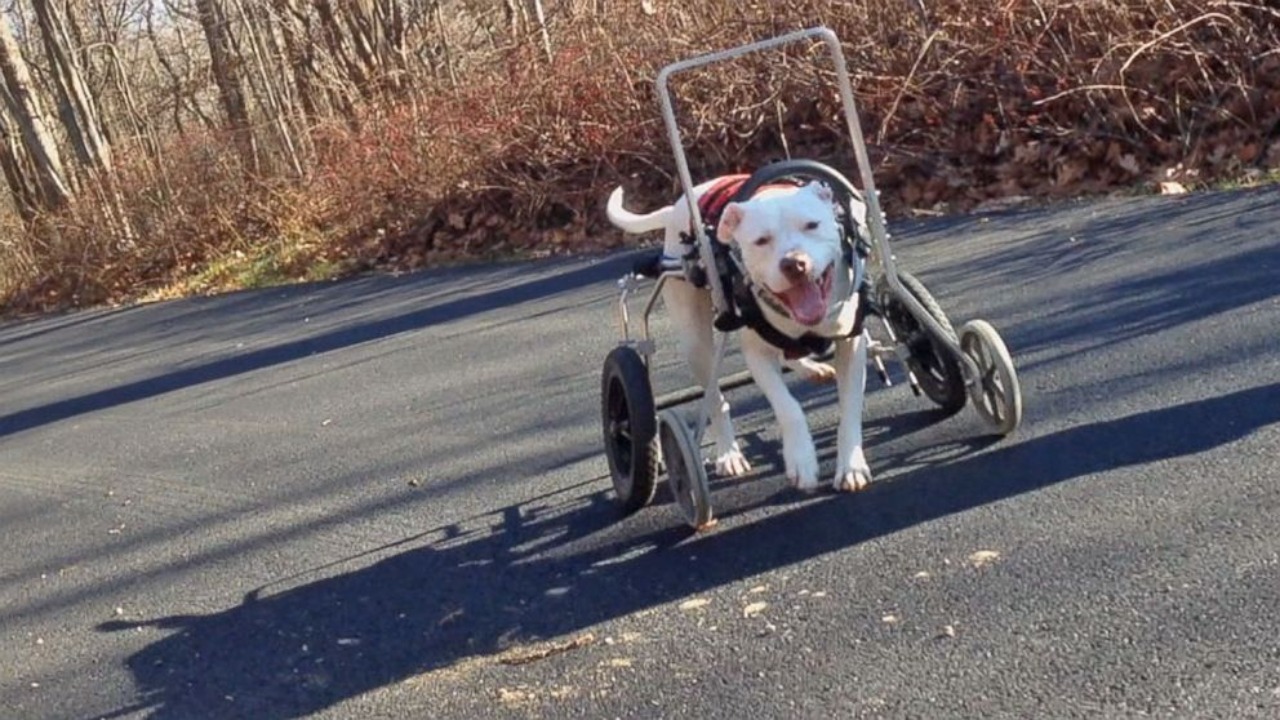
A neurological disease may also be a potential reason your dog walks slowly with its head down. Conditions such as vestibular disease or brain tumours can affect your dog’s coordination and balance, causing them to walk with their head down. It’s crucial to consult a veterinarian for a thorough examination and proper diagnosis. Implementing the recommended treatment plan can help manage the symptoms and improve your dog’s overall well-being.
11.Poor Balance
Poor balance could be another reason your dog is walking slowly with its head down. Various factors, including inner ear problems or certain medications, can cause issues with balance. A veterinarian can assess your dog’s condition and recommend appropriate measures to improve their balance and mobility.
12.Sensitive To Medication
Another possibility is that your dog may be sensitive to medication. Some dogs can have adverse reactions or side effects to certain medications, resulting in symptoms such as lethargy or changes in gait. It’s important to discuss any medication your dog is currently taking with a veterinarian to determine if it could be causing their discomfort. The veterinarian may suggest adjusting the dosage or switching to a different medication to address your furry friend’s needs.
Practical Solution To Why My Dog Is Walking Slow With Head Down
Caring for your dog is a crucial duty sometimes; it may be stressful. But these solutions will not create any stress for you. It will be typical to do all of these and recover your dog. So below are some solutions that can help you in why my dog is walking slowly with head down problems:
1.Lugging During The Walk
Dogs usually don’t walk; they go for a run. So when you take your dog out for hiking, leave it free so it can run at a full pace.
You can put a collar on the most vital part of your dog’s neck pain and pull it from behind. They want to go forward against the resistance, but that will increase the strength in their legs. In this process, the dog is the one that will pull you.
2.Distraction In Walk
A common habit in dogs, when they go for a walk or run, is stopping after some time and smelling grasses or roses. This stopping repeatedly happens as a dog’s natural behavior stops. But to prevent this from happening, what you can do is shorten the dog leash.
Make sure to keep the head of the dog upwards. Maintaining assertiveness, calmness, and focus on the destination would be best. You will not give the dog a break, but it will depend on your choice, and it will be for the dog to relieve itself. It is not a reward for your dog but for controlling the dog’s nose and smelling habits.
3.Taking A Break During The Walk
After much running and daily exercise, it is normal behavior for your dog to get overtired and exhausted. Walking and running are for keeping the dog fit and not bringing more pain to your dog. Dogs running and pushing for running depends on the dog’s age.
Make sure your dog isn’t suffering from any health or psychological issues. You must consult a vet first, then apply the technique to keep it back on track. For this, you need to tug the leash on from the front side—this time, you need to force your dog to run and take it back to its pace. Further, it would be best if you continued doing this constantly so that it doesn’t become lazy.
4.No Interest In Walking
One common symptom problem primarily seen in puppies is they have no interest in walking. They either stay in their place or always keep sitting down. You can pick up the puppy and take it away from its house so that it doesn’t find a home again initially. But for a puppy, finding its home is expected. So, it will eventually walk, search for the paths, and return to the place.
Top Reason For Dogs Moving Slowly
The top reason a dog moves slowly is if the animal is ageing. When this is the case, the dog may not have much energy or strength to play or run as fast as it used to. Aging can be a natural process for all animals and, in many cases. Here are some reasons:
- Dogs that are slower than usual may have an injury or illness.
- If a dog is moving slowly, this might indicate that the animal may have pain from injury.
- The dog’s diet may be affecting his behavior.
- Inflammation of the joint issues can also contribute to dogs moving slowly.
Symptoms Of A Pinched Nerve In A Dog’s Neck
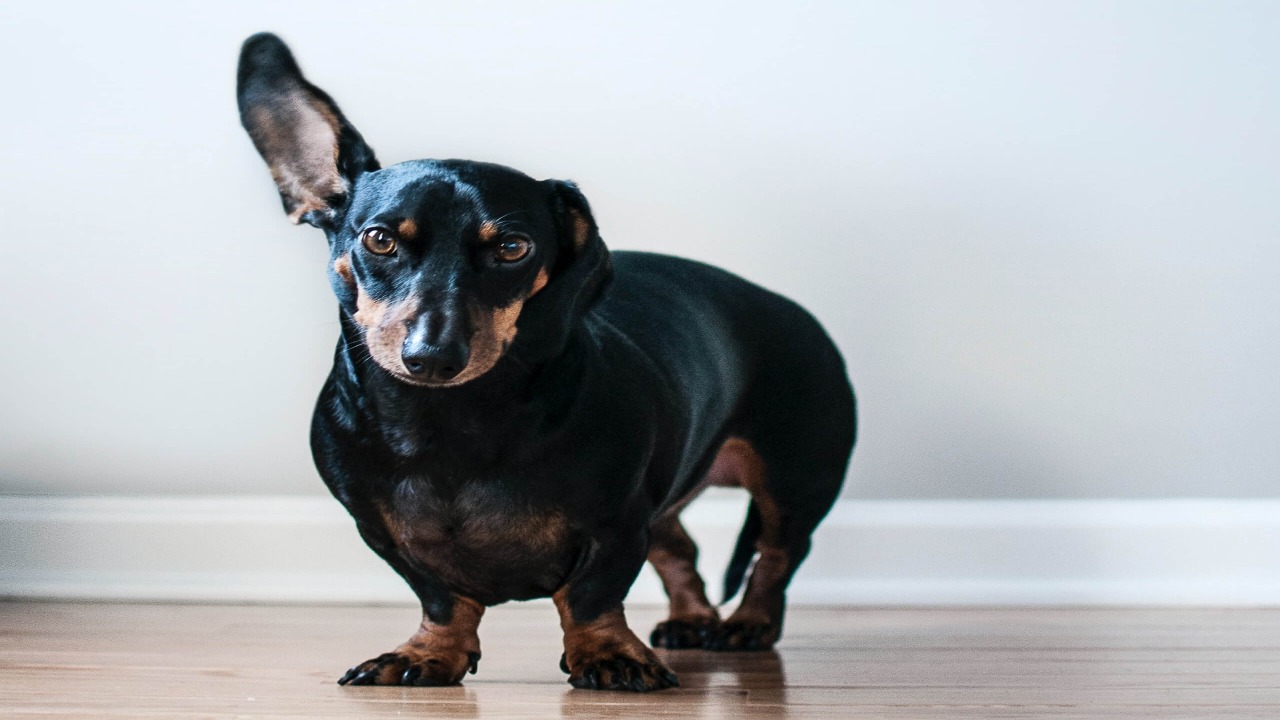
Several symptoms may occur when a dog experiences a pinched nerve in their neck. These can include limping or favoring one side of the body, decreased mobility or range of motion, weakness or paralysis in the legs, and pain or discomfort when touched in certain areas. If you see your dog exhibiting any of these behaviors, it may have a pinched nerve in its neck:
- It tilts its head to one side.
- It holds its head tilted up or down.
- Its body can be seen shaking from time to time.
- Its eyes blink excessively and don’t seem focused on anything.
- The dog is limping or just dragging its legs.
- It keeps its face up, and its ears are forward.
- The dog is panting heavily, and it has difficulty breathing.
- It keeps its head upward with some tension as if sticking out of deep sleep.
- It has trouble swallowing.
- The dog’s gums are white or chewing on its legs or feet.
- It feels stiff, achy, and painful to move the neck in any direction, especially on the left side of the neck.
- Its eyes are dull from lack of blinking.
Why Is My Dog Staggering And Falling Over
My dog is staggering and falling over could be a sign of several different illnesses or conditions. A few common causes include inner ear infections, vestibular disease, toxicity from plants or chemicals in the environment, neurological issues, head trauma, and low blood sugar. It can also be caused by aging or arthritis that reduces the dog’s mobility. If your dog is experiencing any of these symptoms, it is important to take them to the vet for a comprehensive exam and medical evaluation.
Conclusion
That being said, there are some situations where walking with their head down could become a problem. Dogs face difficulty in walking while keeping their head down; there are a lot of reasons that can be the cause for why my dog is walking slow with head down. It is essential to take time to analyze all the problems and adequately give them medication side effects.
Most importantly, visiting a vet and getting your dog’s diagnosis is safe. Your dog’s mobility can get disrupted for it and cause more problems. So, for this reason, the more this problem gets addressed, the faster your dog will recover.
FAQ
[rank_math_rich_snippet id=”s-054f246d-dac4-48f9-ad77-e8192e9d5fa8″]